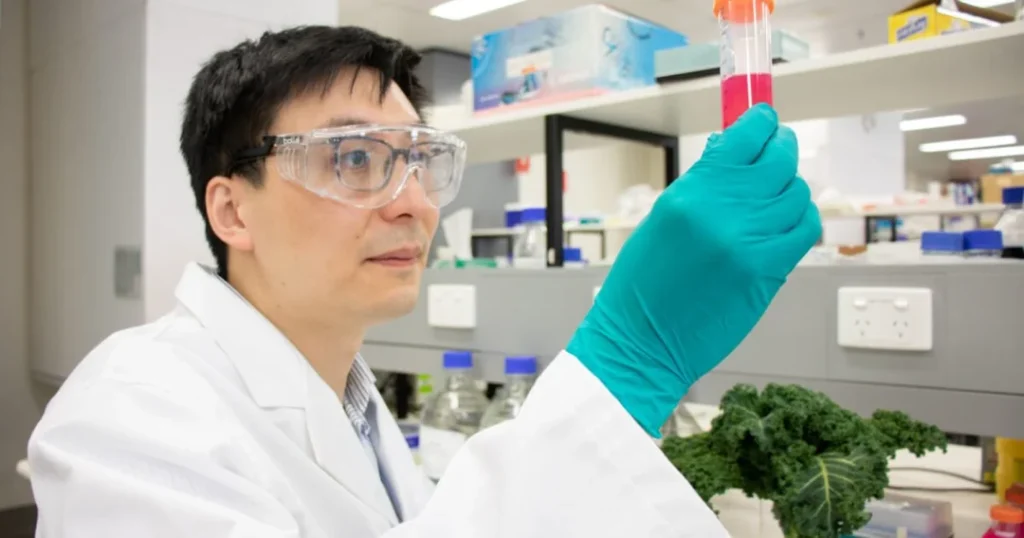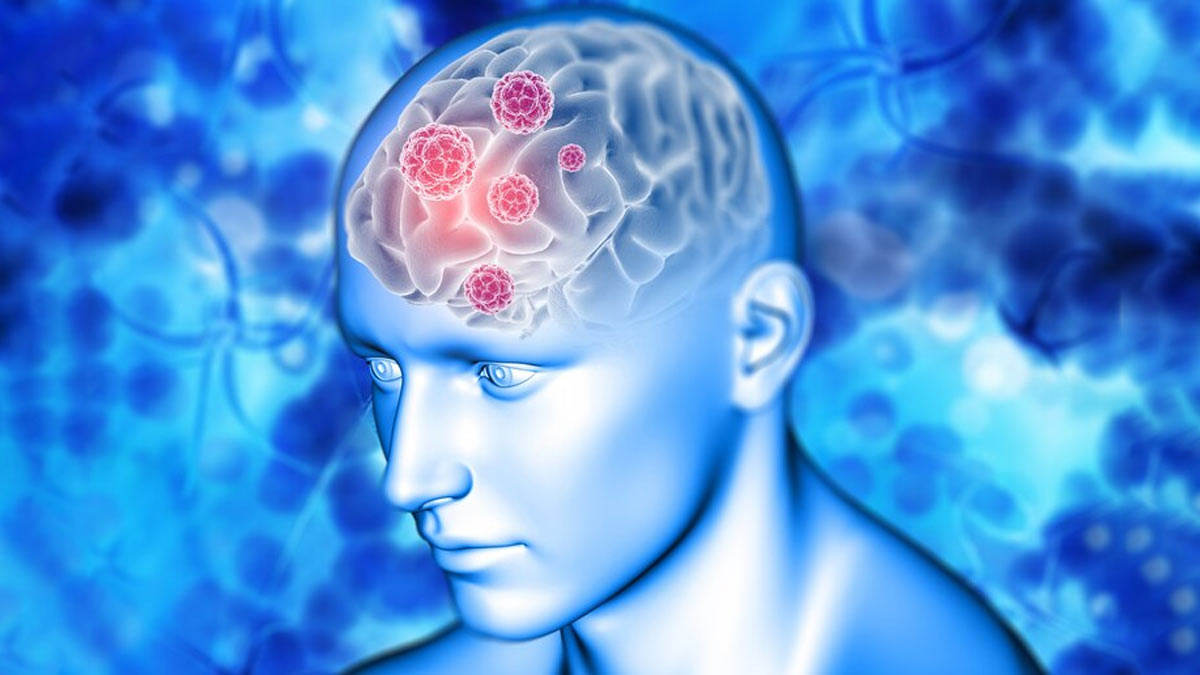Researcher’s at university of tokyo have developed a non-invasive technology to observe blood clotting. This advancement use a high speed microscope and artificial intelligence.
Medical treatments: This helps to track platelet activity without invasive procedures that can cause risks and complications. This advancement is making it easier to diagnose and treat conditions like coronary artery diseases. It’s a high speed microscope that can capture thousands images in one second. More effective way of treatment because it eliminates further risks and complications.
Time management: Tracks clotting in real time through this doctor’s can timely prevent disease. It helps doctor to monitor platelet activity in patient with CAD. It can also diagnose bleeding disorders by tracking platelets.
Dr. Kazutoshi Hirose, assistant professor, University of Tokyo Hospital and lead author of the study:
“ Platelets play a crucial role in heart disease especially in CAD because they are directly involve blood clots. To prevent these clots these patients are often treated with anti platelets drug” The long-term hope is that this technology will help doctors better personalize heart disease treatment. They studied blood samples from over 200 patients. And the data shows patient with acute chronic syndrome had more platelets aggregates than those with chronic symptoms and through this research they can track platelet clotting in given time.

Microscope: These use FDM frequency-division multiplexed which is like a super high speed camera than can take effective and fast images of cells.
Just like cameras on your car’s and speed signal cameras they can take image’s of your cells quickly. Then to analyze these images they use Artificial intelligence. The AL can tell whether it’s single platelet or clump of platelets .
onclusion: This Research can help doctors to to diagnose platelets clots in quick time . It eliminated the need of invasive procedures and further complications . Doctor can adjust treatment plans based on individual platelet activity. The end…




